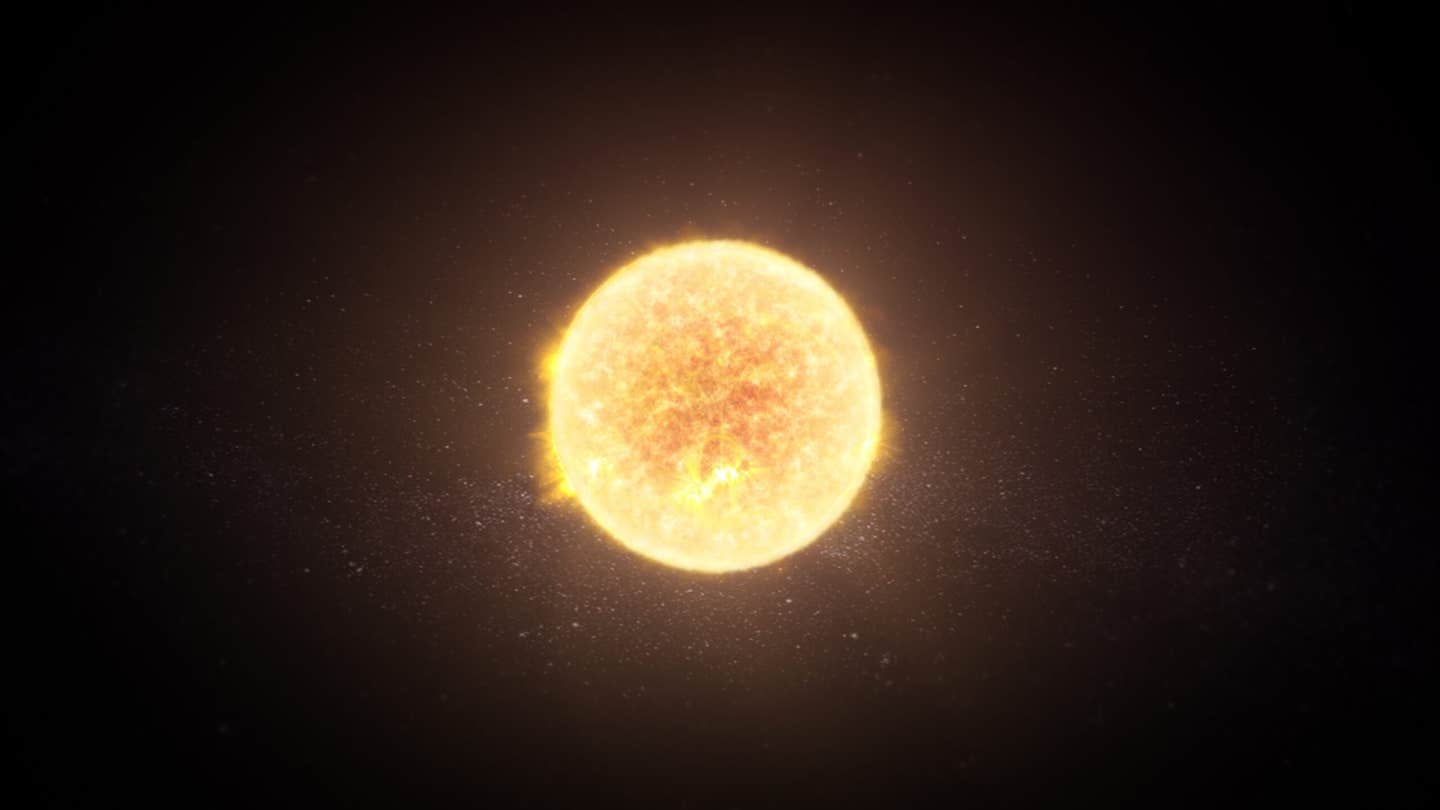Researchers discover the genetic cause of ADHD – helping millions around the world
Scientists uncover a key gene mutation causing ADHD, paving the way for improved treatments and better understanding of the disorder.

The World Health Organization states that while ADHD is known to have a genetic link, pinpointing the exact genes involved has proven difficult. (CREDIT: iStock Images)
Scientists have made significant progress in understanding attention-deficit hyperactivity disorder (ADHD) by identifying a key genetic mutation that sheds light on its causes. ADHD affects about 5% of children globally and roughly 2.5% of adults, according to the World Health Organization. Despite its prevalence, researchers have struggled for decades to pinpoint the exact biological factors behind this common condition.
Now, researchers at Ben-Gurion University of the Negev and Soroka-University Medical Center have uncovered an important genetic link: a mutation in the CDH2 gene. This gene helps create a protein called N-cadherin, essential for healthy brain function. N-cadherin supports the connections between nerve cells, known as synapses, which allow information to travel smoothly across the brain.
Discovering the genetic connection
To find this gene, scientists studied three siblings from the same family who all showed severe ADHD symptoms from an early age. Using advanced genetic tools, including whole-exome sequencing, they found a unique mutation in the CDH2 gene shared by all three siblings. This mutation causes problems in the protein’s maturation process, harming its ability to function correctly.
Researchers then used CRISPR technology to introduce this same human mutation into mice. These genetically modified mice showed behaviors strikingly similar to ADHD, including hyperactivity, impulsivity, and attention deficits. Scientists tested the mice across 15 different behavioral scenarios to ensure the animals’ symptoms closely matched those seen in people.
According to Professor Ohad Birk, one of the study authors, “This finding is a major step forward in our understanding of the genetic basis of ADHD.” The discovery could also open doors to improved treatments, moving beyond current medications that often have significant side effects, like loss of appetite, insomnia, and mood swings.
How this mutation affects the brain
When the CDH2 gene mutates, it disrupts synaptic activity, specifically in brain areas crucial for focus and impulse control. Two regions affected are the ventral midbrain and the prefrontal cortex, both essential for managing attention and decision-making.
Related Stories:
Scientists observed that the mutated mice had weaker synaptic connections and lower levels of dopamine, a key neurotransmitter associated with attention, motivation, and impulse regulation. Dopamine levels dropped because the mutation reduces the expression of an enzyme called tyrosine hydroxylase, essential for dopamine production.
Further, the mice had difficulties clustering neurotransmitter vesicles at nerve endings, weakening their ability to send strong signals across nerve cells. These findings explain the impaired communication between neurons, leading directly to ADHD-like symptoms.
What this means for people with ADHD
This genetic breakthrough offers hope for more targeted ADHD treatments. Current therapies, such as stimulants like methylphenidate, only manage symptoms and can sometimes cause unwanted side effects. In fact, researchers found that methylphenidate did help reduce hyperactivity in the genetically altered mice, reinforcing its effectiveness but also highlighting the need for more precise treatments.
"In addition to finding a clear genetic basis and molecular pathways for ADHD, the mutant human cells and mouse model can serve as effective systems for discovering new medications," explained Professor Birk. His team is already exploring new ways to address the molecular issues caused by the mutation.
However, while CDH2 is significant, it isn't the only gene linked to ADHD. The disorder involves complex interactions between multiple genetic and environmental factors. Thus, scientists continue to search for additional genetic markers and investigate how external influences might interact with genetics.
Recognizing ADHD symptoms
Identifying ADHD can be challenging because symptoms vary widely and often overlap with other disorders like anxiety or depression. Typical ADHD symptoms in children include inattention, hyperactivity, and impulsivity. Adults, however, might experience different or more subtle signs, such as disorganization, trouble focusing, mood swings, and difficulties managing time or stress.
According to the Mayo Clinic, diagnosing ADHD requires symptoms severe enough to disrupt daily activities consistently. These symptoms must also trace back to early childhood and affect multiple life areas like work, school, or relationships.
Adult ADHD symptoms may include:
- Impulsiveness
- Disorganization and problems prioritizing
- Poor time management skills
- Problems focusing on a task
- Trouble multitasking
- Excessive activity or restlessness
- Poor planning
- Low frustration tolerance
- Frequent mood swings
- Problems following through and completing tasks
- Hot temper
- Trouble coping with stress
Although many people occasionally show these behaviors, persistent issues indicate a potential disorder requiring professional evaluation.
Future research and next steps
With this CDH2 mutation discovery, scientists at Ben-Gurion University’s National Institute for Biotechnology are initiating further research. They aim to understand the detailed molecular pathways involved and how they might target them with specific medications.
While researchers are optimistic about these findings, they emphasize that understanding ADHD fully will take more time. The condition’s complexity, influenced by many genetic and environmental factors, means that CDH2 is just one piece of a larger puzzle.
Nonetheless, this discovery provides a promising new direction for ADHD research, offering hope for better management and treatment strategies in the future.
Research findings are available online in the journal Nature Communications.
Note: Materials provided above by The Brighter Side of News. Content may be edited for style and length.
Like these kind of feel good stories? Get The Brighter Side of News' newsletter.



